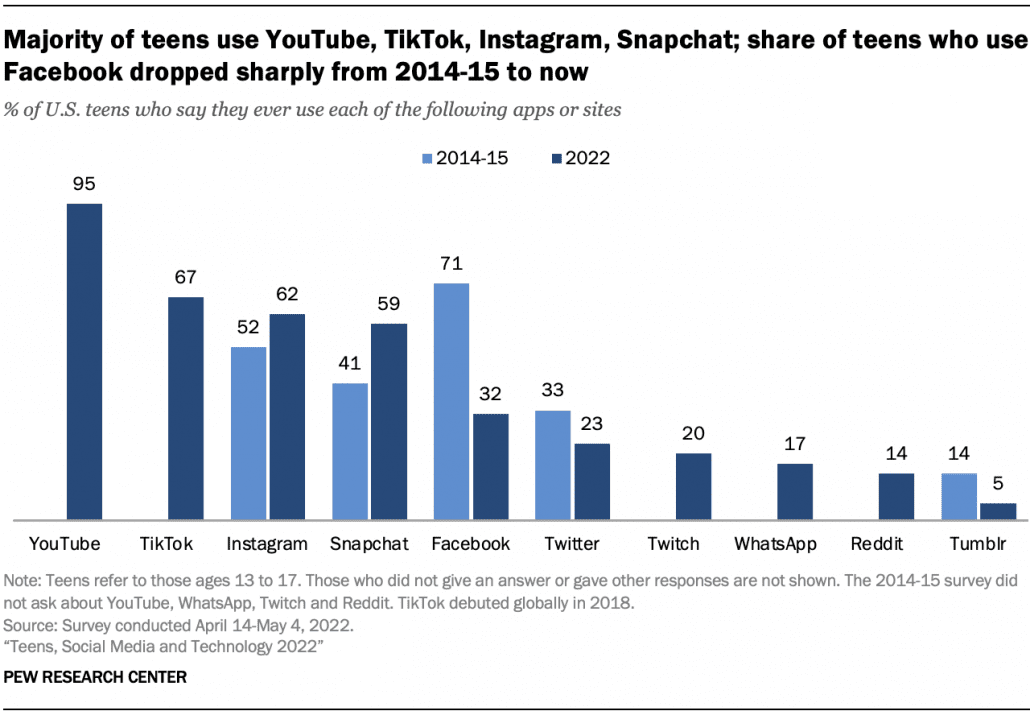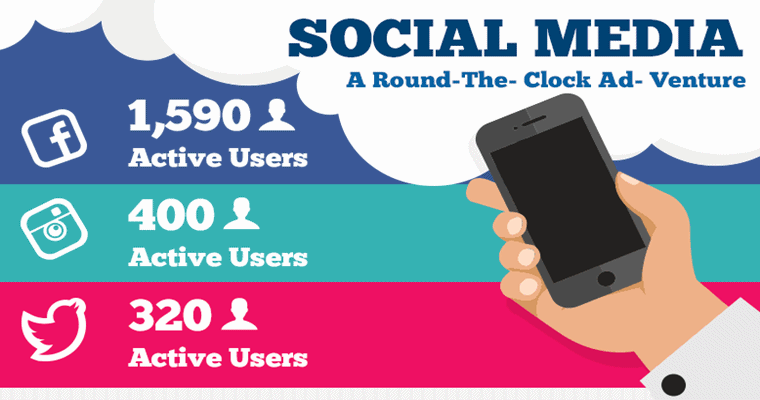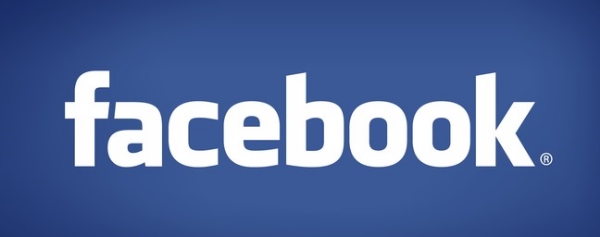Does anyone actually enjoy using social media?
According to a new survey conducted collaboratively by the University of Chicago, UC Berkeley, Bocconi University, and the University of Cologne, the majority of users (particularly among young people) believe they would be happier if social platforms like Instagram and TikTok weren’t in their lives.
However, the students also said they continue to keep using the sites because they are afraid of missing out on what’s popular with their peers.
About The Study
The study surveyed over 1,000 college students across the U.S. on their social media habits, focusing primarily on Instagram and TikTok use.
The survey first asked students how much they would need to be paid to deactivate their Instagram or TikTok accounts for four weeks while their friends and peers continued using the platform.
From there, the students were asked how much money it would take to have their entire university network (including themselves) deactivate their accounts on the platform for four weeks.
Lastly, the survey asked how much people value the platform when everyone else is on it compared to when no one else is.
The Results
According to the findings, students said they would need to be paid $59 a month on average to deactivate their TikTok accounts, and $47 on average to deactivate Instagram for one month – assuming their peers remained online.
Notably, those numbers both dropped if the students and their peers were all to deactivate their accounts. In fact, students said they would be willing to pay $28 on average to delete TikTok and $10 to remove Instagram.
As the authors of the study wrote in their findings:
“Taken together, these results imply the existence of a ‘social media trap’ for a large share of consumers, whose utility from the platforms is negative but would have been even more negative if they didn’t use social media.”
In other words, the only thing keeping many people on the most popular social networks is the fact that their friends and peers are also on these platforms but the platforms themselves are viewed overwhelmingly negatively. It is purely fear of missing out which is keeping people coming back.
These findings highlight how toxic many people see social media as, and suggest there is a large opportunity for a radically different form of social media. The trick is establishing such a platform and drawing enough of a user base without falling into any of the pitfalls other platforms have trapped themselves in.















